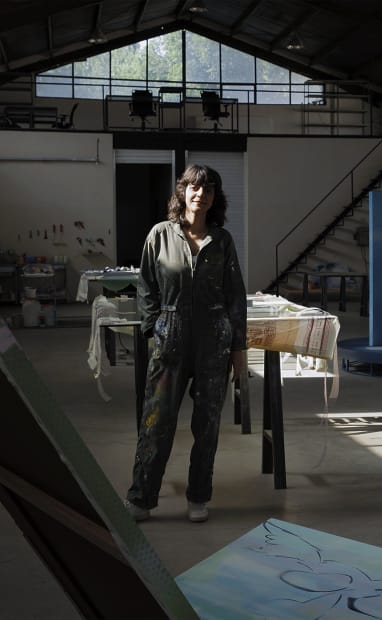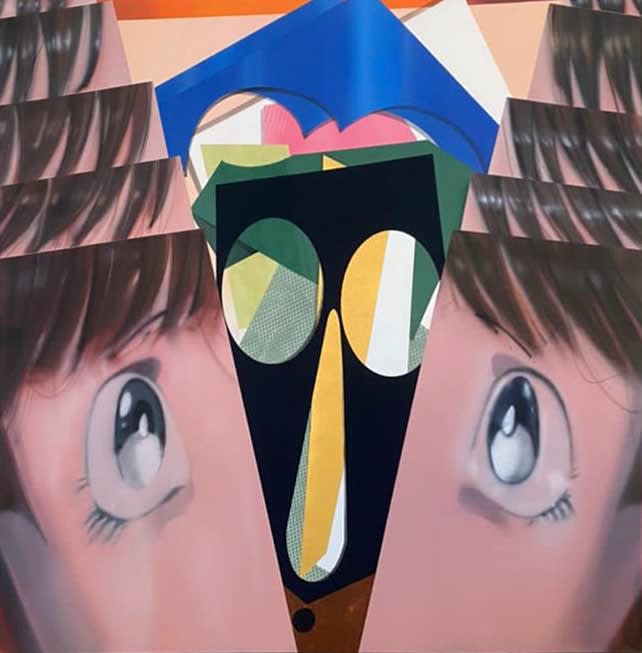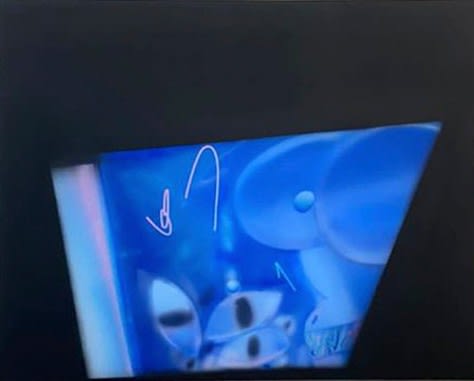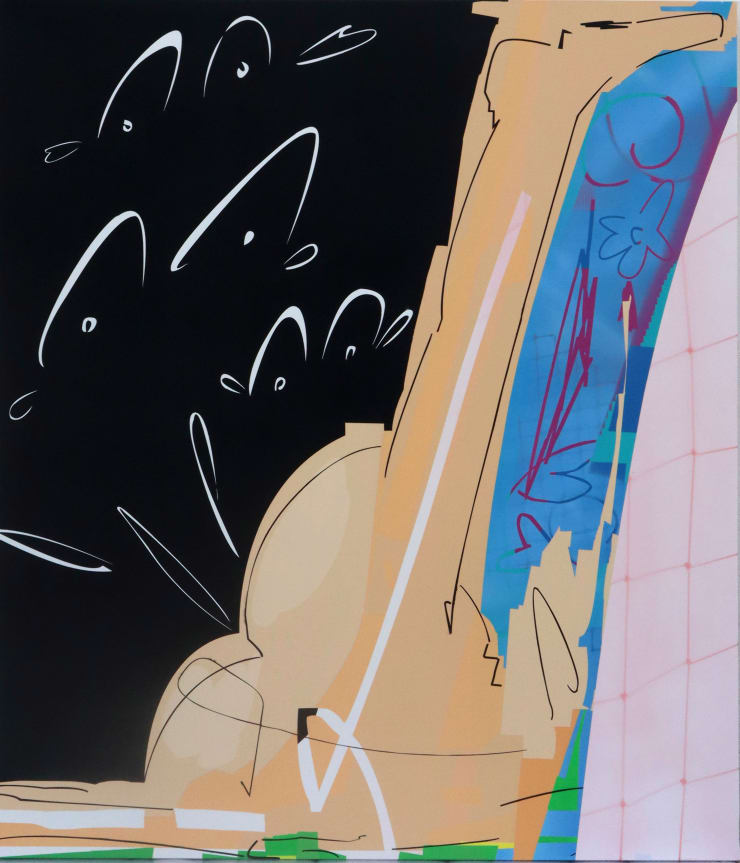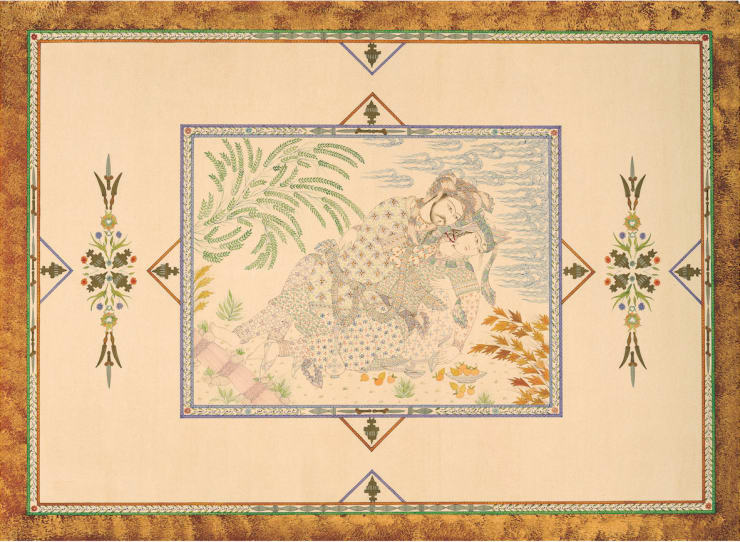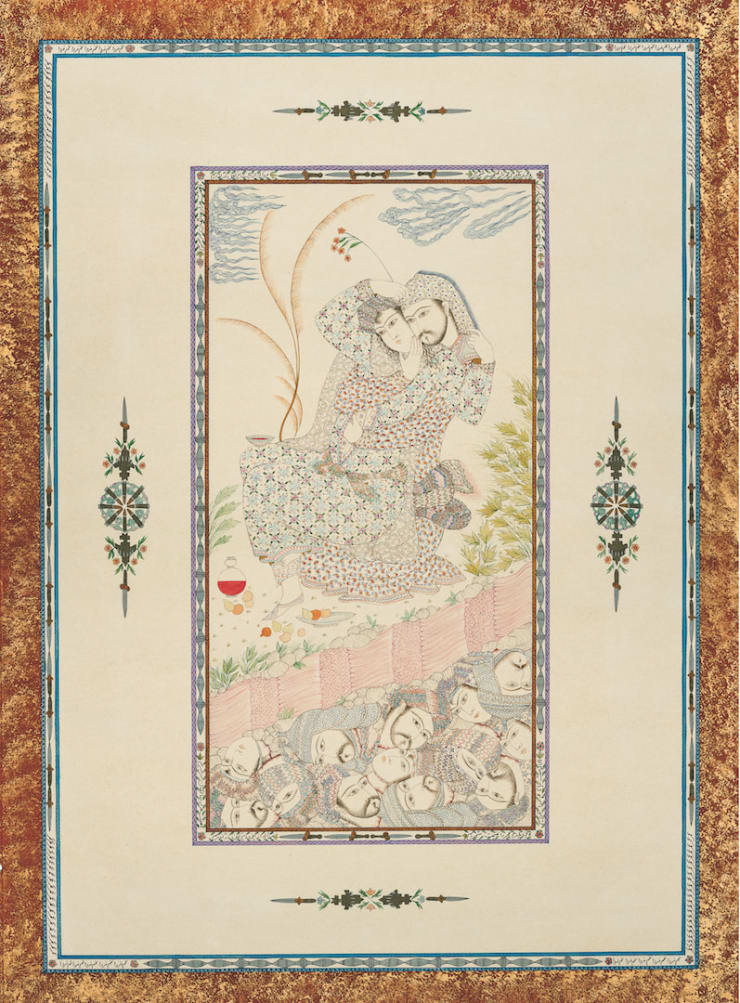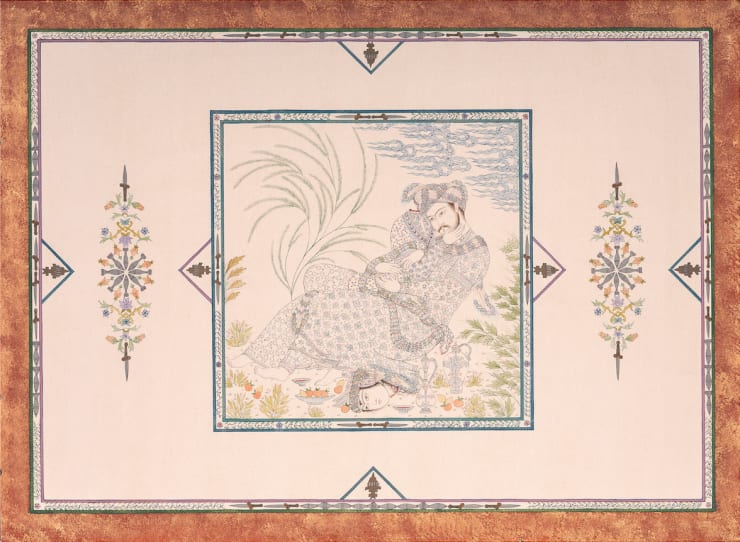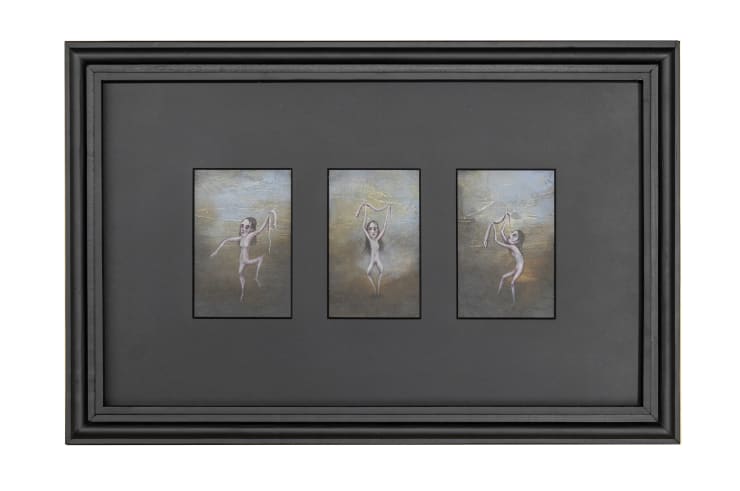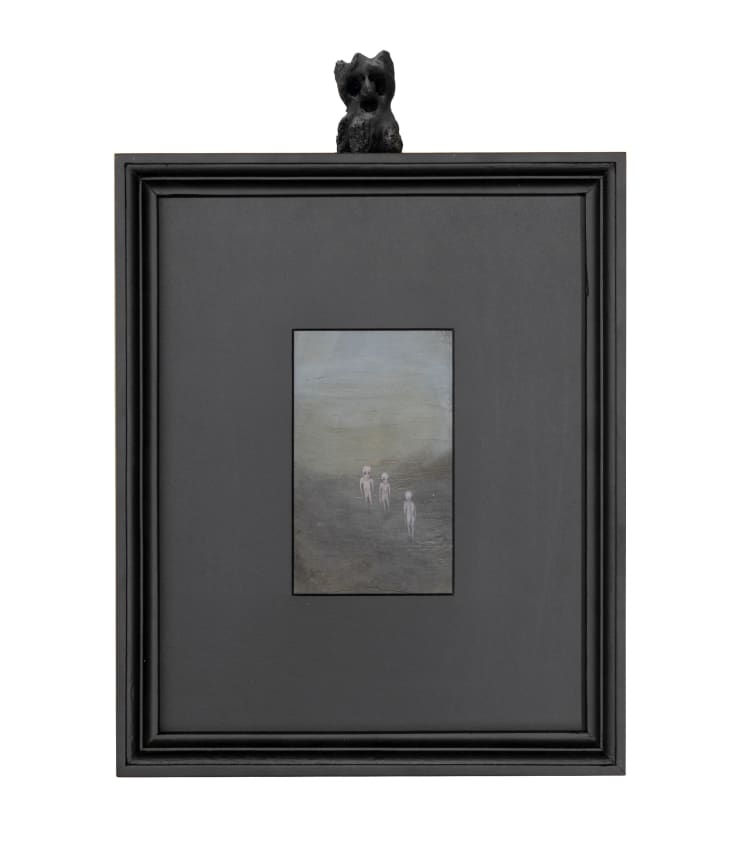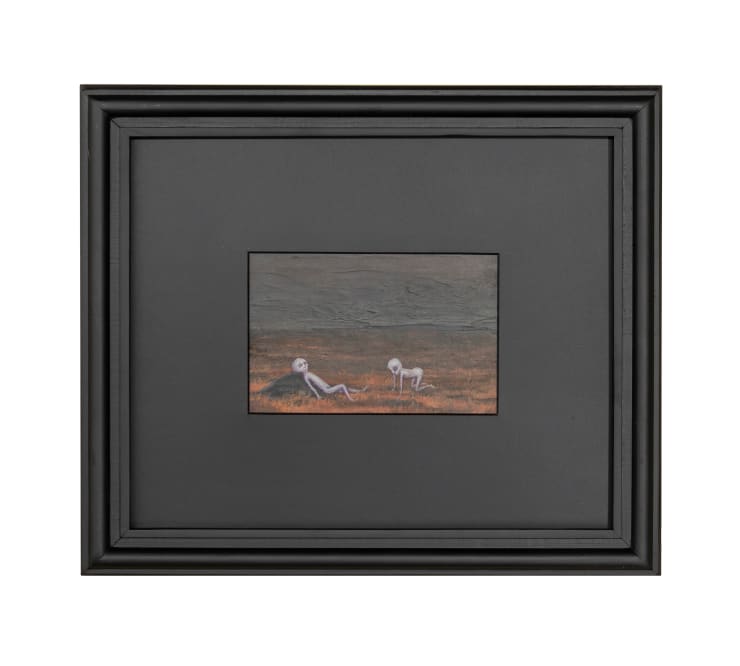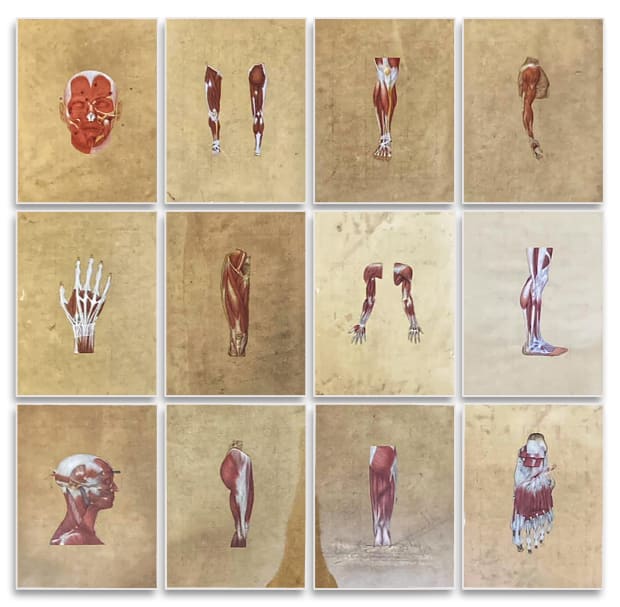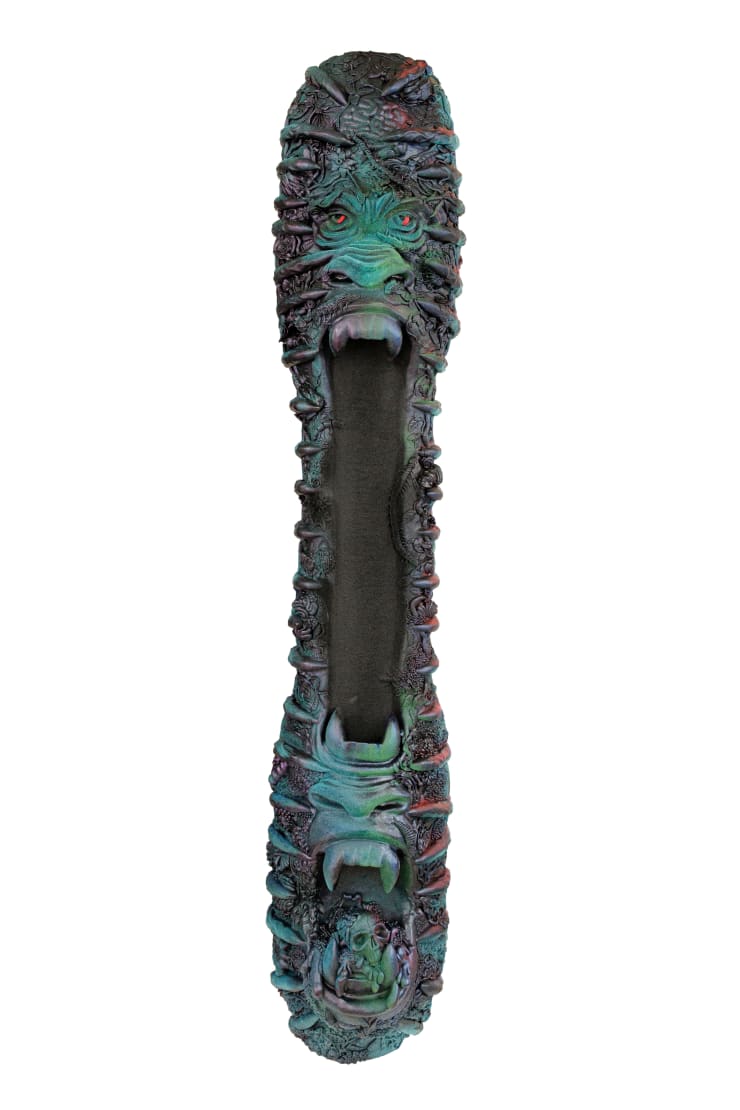-
-
Established by Dastan founder Hormoz Hematian, Zaal opens its doors to visitors this September at its gallery space in Toronto, Canada with a selection of artworks from its collection. Founding Dastan in 2012 in Tehran, Iran and having hosted exhibitions all around the globe over the course of more than a decade, Hematian expands into North America to present exhibitions of the cutting edge of Iranian contemporary art and promote the artistic practices of the country’s vibrant art scene internationally. Having operated as an international firm specializing in exhibitions and art management since 2017, Zaal’s physical venue in Toronto is scheduled to feature a rich program with dozens of events and exhibitions planned for 2024 and beyond.
For its initial opening, Zaal will present works that were previously presented at several international exhibitions and art fairs, including two editions of Frieze Los Angeles, Frieze New York and Kour Pour Guest House in Inglewood. The opening exhibition will include artworks by Farah Ossouli, Hoda Kashiha, Mamali Shafahi, Peybak, the duo Abbas Shahsavar and Maryam Ayeen, Atefeh Majidi Nezhad, Mohammad Hossein Gholamzadeh, and Kolsum Salehi.
A pioneering figure in contemporary Iranian painting who has been pushing the boundaries of traditional Persian Miniature for decades, two of Farah Ossouli’s works from her “Wounded Virtue” series are part of the show. In this revered series, the artist combines intricate gouache paintings with poetry, taz’hib illuminations and subject matters that explores gender, media, identity, war and politics. The exhibition also includes a recent 12-panel painting installation created in watercolor, gouache and acrylic on paper by the duo of Abbas Shahsavar and Maryam Ayeen. The duo’s collaborative work explores new perspectives and territories in Miniature, combining traditional technique with modern material, imagery and contemporary ideas.
Three canvases by Hoda Kashiha, one of the rising figures among the younger generation of Iranian artists, along with a sculpture and two three-dimensional reliefs by celebrated multidisciplinary artist Mamali Shafahi present the viewer with an aura of fantasy and fiction. In Kashiha’s work, materiality is transformed within the confines of a canvas: delineations of forms and subjects become edges where time and space become temporarily alienated to accommodate multiple narratives simultaneously. In this sense, her paintings simultaneously neglect and emphasize the physicality of painting while alluding to digital media and virtual ‘material.’ Shafahi’s reliefs appear like living organisms contemplating primal fears, panic, loss, and redemption. His work imagines uncanny consciousnesses that breathe, gaze, and appear to react to their surroundings.
Atefeh Majidi Nezhad’s work presents her studies on Iranian architecture. Her work explores perspective, depth, dimensionality, separation of spaces and subtle transitions in structures from multiple era’s of the country’s architectural heritage with a special focus on the Safavid Period. Kolsum Salehi creates a ‘lost’ history and appropriates it into her pieces, creating fragmented narratives of a now-inaccessible time and space. Her unique technique of combining papier-mâché and monotype on paper gives a rusty texture and appearance to her pieces, resembling both historical artifacts and fossils.
Mohammad Hossein Gholamzadeh studies human behavior, its relation to objects and tools it creates, desire, pleasure and the paradoxical nature of self-awareness within the contemporary world. His “Drowning” (2023) presents a figure sitting on a pedestal, resembling a lifeguard, with an orange-colored swimming tube around its neck. Gholamzadeh’s sculptures often make allusions to art history while hinting at more contemporary imagery and media representations.
-

-

-
Farah Ossouli
-

-
 Portrait of the Artist
Portrait of the Artist -
Peybak
-

-
Artist's CVMaryam Ayeen (b.1985, Bojnoord, Iran) and Abbas Shahsavar (b.1983, Kermanshah, Iran) have been painting together for twelve years. Ayeen holds a BA in Painting from Ferdowsi University, Mashhad, Iran. Shahsavar holds an MA in Illustration (University of Tehran) and a BA in Painting (Ferdowsi University, Mashhad). Their work follows an old tradition in Persian miniature painting. They live, teach, and paint in the city of Mashhad, Iran.Works of Maryam Ayeen and Abbas Shahsavar deals with middle class life. They use their own personalities as model to explore the issues that take place in their lives. Their painting style is informed by the miniature tradition of Persian painting, even thought their subject matter is not.
-
 Abbas Shahsavar and Maryam AyinDo You Feel The Pain?, 2023Watercolor, gouach and acrylic on paperEach piece:
Abbas Shahsavar and Maryam AyinDo You Feel The Pain?, 2023Watercolor, gouach and acrylic on paperEach piece:
29.5 x 19 cm -



